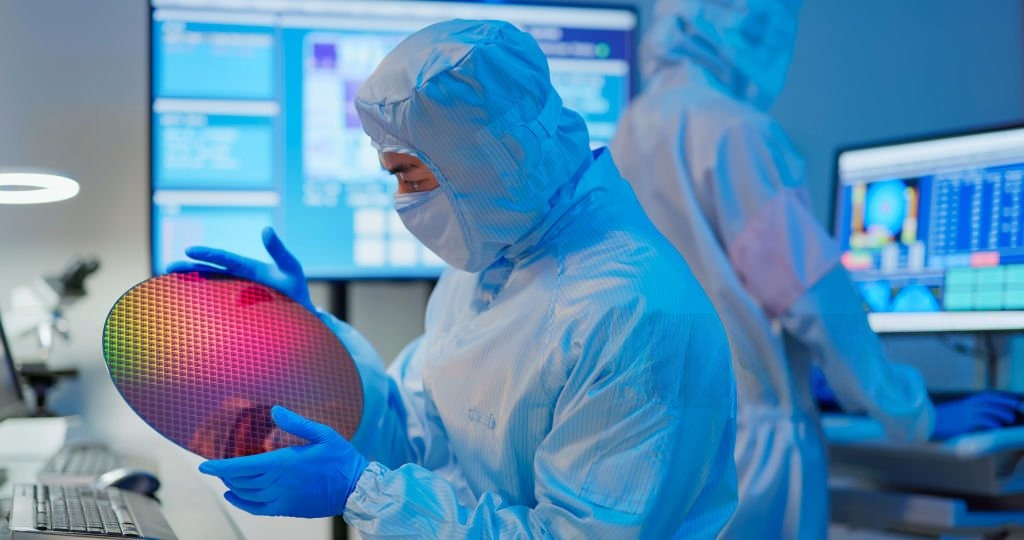32.768kHz Crystal Oscillators & RTC Modules
32.768kHz Crystal Oscillators and RTC Modules: Comprehensive Guide
Introduction
Timekeeping electronics are at the heart of nearly every digital system, from consumer wearables to industrial control units. The 32.768kHz crystal oscillator has become the de facto frequency standard due to its ability to divide down to 1Hz, ideal for precise timing.
These crystals are often paired with Real-Time Clock (RTC) modules and Temperature-Compensated Crystal Oscillators (DTCXOs) to maintain accuracy across a wide range of operating environments. Epson, a leader in crystal technology, offers industry-standard solutions suitable for applications ranging from IoT sensors and fitness trackers to smart meters and embedded microcontroller systems.

Key Features of 32.768kHz Crystals
- Low power consumption (ideal for battery-powered applications)
- Compact SMD packaging: 2.0x1.2mm to 3.2x2.5mm
- Extended temperature range: -40°C to +105°C
- Excellent frequency stability over temperature
- Long life and minimal frequency drift (aging)
These features make 32.768kHz crystals a perfect choice for low-power timekeeping applications and precision clock references.
How to Select a 32.768kHz Crystal or Module
When selecting a timing component, consider the following parameters:
- Frequency Tolerance: Initial accuracy at 25°C
- Frequency Stability: Performance over operating temperature
- Load Capacitance (CL): Important for circuit matching
- Drive Level: Avoids overdriving the crystal, preventing long-term damage
- ESR (Equivalent Series Resistance): Affects oscillator startup and stability
DTCXO vs RTC Modules
DTCXO (Digital Temperature-Compensated Crystal Oscillator) modules maintain tighter accuracy over temperature. These are ideal for applications requiring real-time synchronization or long sleep intervals (e.g., NB-IoT, GPS modules).
RTC (Real-Time Clock) modules not only maintain time but often include additional features like alarms, event timestamping, and automatic power switching. RTCs are ideal for devices that periodically wake up from low-power states to perform time-based tasks.

Applications in IoT and Industrial Devices
The 32.768kHz crystal plays a pivotal role in low-power applications such as:
- Battery-operated IoT sensors
- Environmental monitoring systems
- Wearables (e.g., smartwatches, fitness bands)
- Smart meters and energy harvesting devices
- Industrial automation and logging systems
These timing components ensure synchronization, optimize power consumption, and reduce maintenance cycles by extending battery life.
Product Overview: Popular Models
Here are some widely used Epson crystal and RTC/DTCXO solutions:
| Model | Package | Type | Temp Range | Application |
|---|---|---|---|---|
| FC-12M | 3.2x1.5mm | 32.768kHz Crystal | -40 to +85°C | General embedded systems |
| RX8900CE | SMT | RTC Module | -40 to +85°C | Smart meters, medical |
| TG-4510CJ | 2.0x1.6mm | DTCXO | -40 to +105°C | IoT, wireless, GPS |
Watch: How a 32.768kHz Crystal Keeps Time in Wearables
Conclusion
The 32.768kHz frequency crystal oscillator remains a cornerstone of modern timekeeping electronics. Whether you're designing ultra-low-power IoT sensors, industrial systems, or consumer devices, selecting the right crystal or RTC module is crucial for optimizing performance and battery life.
For trusted sourcing of high-precision crystal oscillators, DTCXOs, and RTC modules, Onzuu offers a wide range of Epson timing components tailored to modern electronics.

